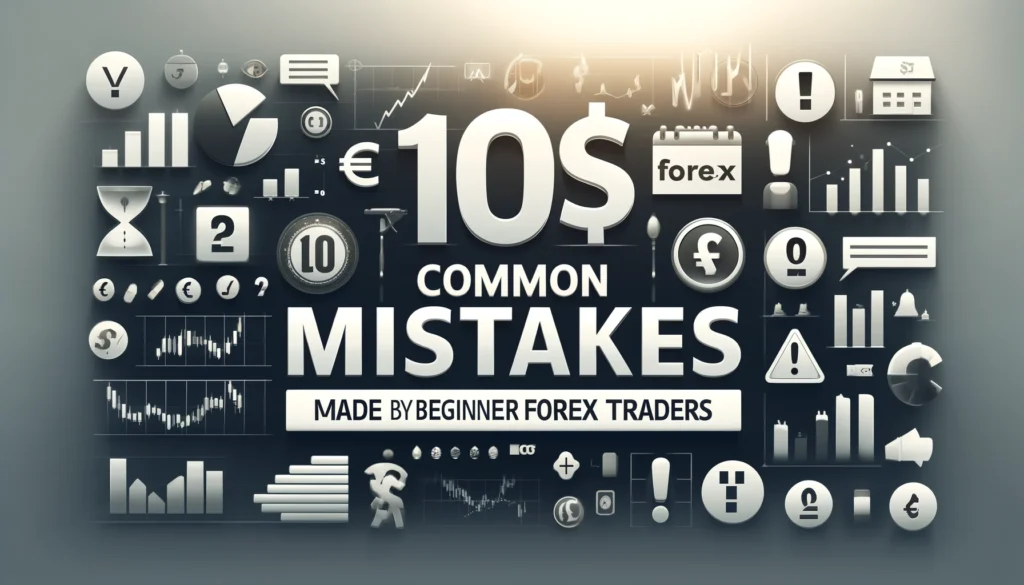In the world of forex trading, brokers play a crucial role in facilitating trades and providing access to the market. There are two main types of brokers: A Book and B Book brokers. Understanding the differences between these two types of brokers is essential for traders to make informed decisions. […]
Trading Decisions
Effective risk management is crucial for any trader looking to achieve long-term success in the financial markets. Whether you are trading stocks, forex, commodities, or cryptocurrencies, understanding how to manage risk can mean the difference between consistent profits and devastating losses. This article will explain the essentials of risk management, […]
Forex limit orders are a fundamental tool in a trader’s arsenal, allowing for precise control over trade entry and exit points. Understanding how to use limit orders effectively can enhance your trading strategy and help manage risk. In this article, we will explore what forex limit orders are, how they […]
Fibonacci retracement is a popular technical analysis tool used by forex traders to identify potential support and resistance levels. This indicator is based on the idea that markets will retrace a predictable portion of a move before continuing in the original direction. In this article, we will explore the concept […]
Effective risk management is crucial for protecting your profits and ensuring long-term success in forex trading. Implementing robust risk management techniques helps mitigate potential losses and preserve capital. 1. Use Stop-Loss Orders A stop-loss order automatically closes a trade at a predetermined price, limiting your losses if the market moves […]
The Imbalance Forex Trading Strategy is a powerful approach that capitalizes on the discrepancies between supply and demand in the forex market. By identifying imbalances, traders can anticipate price movements and make informed trading decisions. This strategy involves analyzing market conditions, identifying zones of imbalance, and executing trades based on […]
Entering the world of forex trading can be thrilling, but it also comes with its share of challenges. Many beginner traders often fall into the same traps, which can be detrimental to their success. To help you avoid these pitfalls, here are ten common mistakes made by beginner forex traders […]
Non-Farm Payrolls (NFP) is one of the most significant economic indicators in the United States, providing critical insights into the health of the country’s labor market. Released monthly by the U.S. Bureau of Labor Statistics (BLS), the NFP report excludes farm workers, private household employees, and nonprofit organization employees. This […]
The Stochastic Oscillator is a popular momentum indicator used in forex trading to identify overbought and oversold conditions. Developed by George C. Lane in the 1950s, this oscillator helps traders determine potential reversal points by comparing a currency pair’s closing price to its price range over a specified period. In […]
Analyzing market trends is crucial for successful forex trading. By understanding and interpreting these trends, traders can make informed decisions that lead to profitable outcomes. This article explores various methods and tools used to analyze market trends and how to turn these insights into trading profits. Understanding Market Trends Market […]










